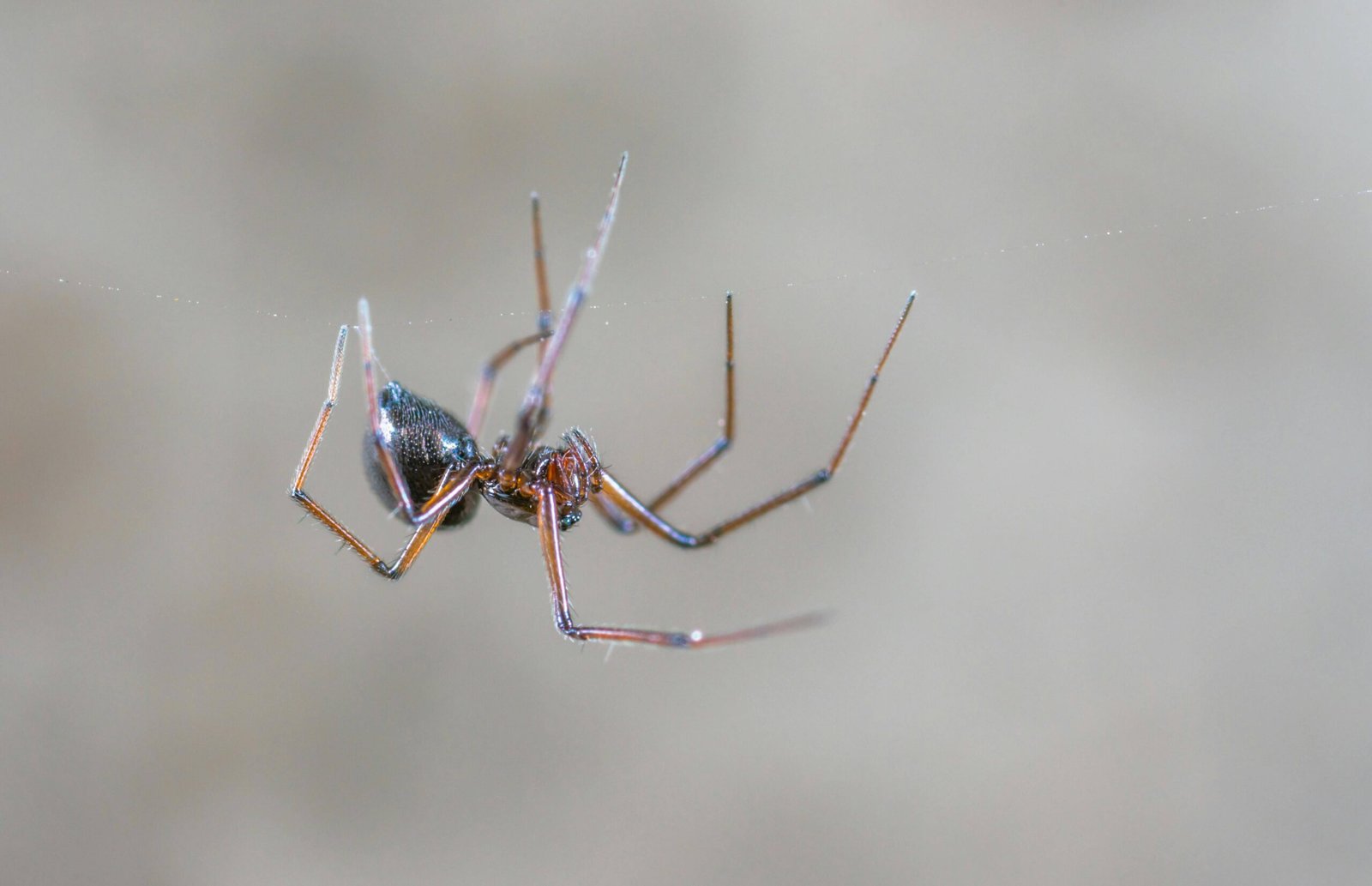
The Complete Guide to American House Spider Control
Introduction: Understanding the American House Spider
The American house spider (Parasteatoda tepidariorum) is a common inhabitant of homes across the United States. Recognizable by its small size, brownish color, and web-building habits, this spider is often found in dark, quiet corners of homes, garages, and basements. While they may seem alarming to some, American house spiders are generally harmless to humans. Their presence, however, can be unwelcome, especially if they overpopulate or spin webs in high-traffic areas. In this blog, we’ll explore what American house spiders are, why they might be in your home, and how to manage them effectively.
What is the American House Spider?
The American house spider belongs to the cobweb spider family, known for building tangled, messy webs in hidden spaces. These spiders are typically small, with females being larger than males. The average body length of a female ranges from 5 to 8 millimeters, while males are usually between 4 to 5 millimeters.
Physical Characteristics:
- Color: They are usually light to medium brown but may have slight variations.
- Shape: Their bodies are rounded, with long, thin legs.
- Webs: Their webs are irregular and commonly built in secluded areas, such as between furniture, ceilings, and corners of rooms.
Habitat and Behavior
American house spiders are indoor dwellers. Unlike other spider species that prefer gardens or outdoor spaces, they seek out quiet, undisturbed areas indoors to build their webs. They are often found:
- In corners of rooms
- Behind furniture
- In basements or attics
- Inside garages
- Around doorways and windows
These spiders are passive hunters, relying on their sticky webs to trap prey like flies, mosquitoes, and other small insects. Once prey is caught, they inject it with venom to immobilize it.
Are American House Spiders Dangerous?
One of the most common concerns is whether the American house spider poses a threat to humans. Thankfully, these spiders are not aggressive and only bite if provoked. Their venom is not harmful to humans and is used primarily to subdue their insect prey. In most cases, a bite from an American house spider will cause only mild irritation or redness.
Benefits of Having American House Spiders:
- Natural Pest Control: These spiders help control the population of insects like flies and mosquitoes in your home. By feeding on these pests, they act as a natural deterrent.
- Non-aggressive Nature: They prefer to avoid human interaction and will rarely come out in the open, so they often go unnoticed.
Why Are They in Your Home?
If you’re seeing more American house spiders than usual, it may be due to the presence of insects. Spiders will thrive in environments where there is an ample food source, and your home might be providing them with a buffet of pests.
Factors That Attract American House Spiders:
- Insects: Their primary food source.
- Dark, Undisturbed Spaces: Basements, attics, and garages are prime locations for spiders to build their webs.
- Open Windows and Doors: Spiders can easily enter through windows, doorways, or cracks in the walls.
How to Prevent American House Spiders in Your Home
Preventing a spider infestation involves a combination of cleanliness, sealing entry points, and reducing the presence of insects. Here are some tips to keep American house spiders at bay:
- Regular Cleaning: Vacuuming and dusting regularly will help remove spider webs and eggs. Focus on corners, behind furniture, and other secluded areas where spiders like to hide.
- Seal Cracks and Openings: Ensure that all windows, doors, and vents are sealed properly to prevent spiders from entering. Use caulk to seal cracks in the walls or around windows.
- Reduce Insects: Since spiders feed on insects, reducing the number of bugs in your home will naturally decrease the spider population. Use insect repellents or traps to keep the insect count low.
- Use Spider Repellents: There are natural and chemical repellents available. Essential oils like peppermint, tea tree, and lavender are known to deter spiders. Spray a mixture of water and essential oils in areas where spiders are commonly found.
- Declutter: Spiders love to hide in piles of clutter. By keeping your home organized and free of clutter, especially in storage spaces, you can limit their hiding spots.
How to Get Rid of American House Spiders
If you already have American house spiders in your home and want to remove them, here are a few strategies:
- Manual Removal: Use a vacuum cleaner to remove webs and spiders. This method is effective for small infestations.
- Spider Traps: Sticky traps can be placed in corners or other areas where spiders are frequently seen. These traps are non-toxic and effective.
- Pest Control Services: If you’re dealing with a significant infestation, professional pest control services can provide a more comprehensive solution. A pest control expert will inspect your home, identify entry points, and apply treatments to eliminate spiders and prevent their return.
Final Thoughts: Coexisting or Controlling?
While American house spiders are generally harmless and can even benefit your home by controlling insect populations, many people prefer to keep their living spaces spider-free. Whether you decide to live with these small house guests or take steps to remove them, understanding their behavior and how to control their population is key to keeping your home comfortable.
If the presence of spiders becomes overwhelming, don’t hesitate to contact a professional pest control service to assess the situation and offer solutions tailored to your needs. Remember, prevention is the best approach when it comes to managing pests in your home.